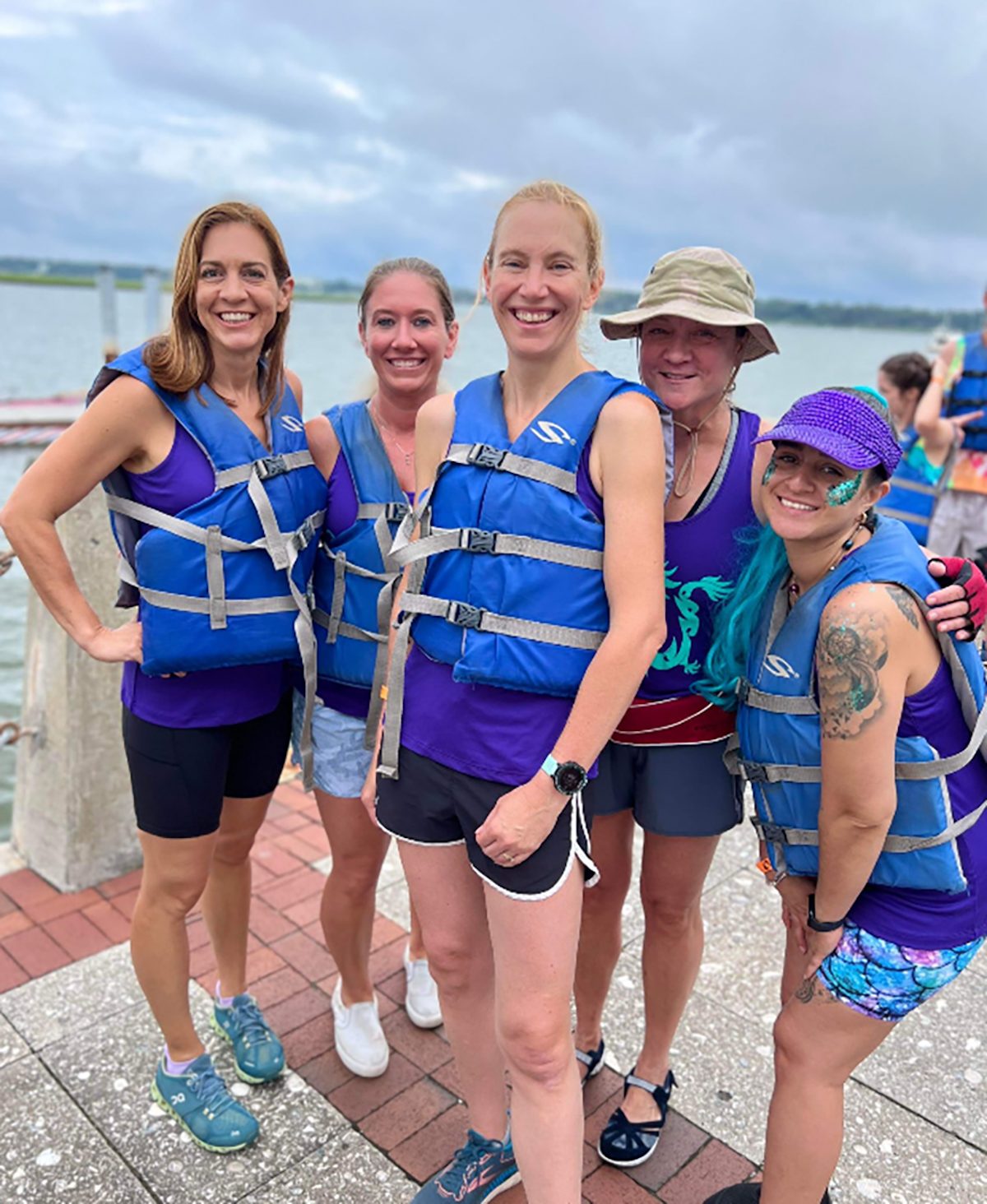By Dr. Edward R. Blocker
Trigger finger is one of the more common problems that can affect your hand. Its name is not meant to imply that it affects the finger used to fire a weapon. It can actually affect any finger or thumb.
The name “trigger finger” is a descriptive term of what the finger feels and even looks like when the symptoms occur. After making a fist or closing your hand around an object, the trigger finger (or thumb) will catch or “trigger” as you try to straighten it back out. In extreme cases, you may have to use your other hand to straighten it. These triggering episodes can be mild or can cause quite a bit of pain. There is often a painful nodule that can be felt in the palm at the base of the triggering finger.
Although it may feel like the problem is in your knuckle, it is caused by a problem with the tendon that controls your finger.
Our tendons are like puppet strings. Muscles pull the tendons which then move your fingers. There are tendons on the palm side of your hand that when pulled cause your finger or thumb to flex down into your palm to make a fist. The tendons on the backside of your hand pull your fingers back out straight.
The tendons that bend (flex) your finger down are more complex than the ones that straighten them out. These flexor tendons pass through a sheath as they slide back and forth to move your fingers. At times, the tendon can get hung up or caught as it passes through this sheath. This causes the finger to catch or “trigger.” An analogy would be a large knot of fishing line that can’t easily pass through the rings on a fishing pole. The knot hangs up in a ring and if enough pull is applied, suddenly passes through.
It is generally a simple problem to treat.
Option 1: It might resolve on its own. We call this treatment “tincture of time” or “benign neglect.”
Option 2: The simplest treatment option would be to try an anti-inflammatory such as Advil or Motrin. This can have the affect of quieting down the inflammation around the tendon so that it can glide through its sheath without catching. Not everyone can take anti-inflammatories so if in doubt check with your medical provider.
.Option 3: A cortisone injection near the tendon can sometimes cure this problem. Cortisone is a strong steroid anti-inflammatory that is put right at the source of the problem. This can quiet the inflammation and allow the tendon to glide back and forth without catching.
Option 4: A simple outpatient procedure can be done to open the area of the tendon sheath where the triggering occurs. This also allows the tendon to glide back and forth without catching.
In my practice, if someone comes in with a trigger finger, they’ve usually already put up with it for a while (option 1) and it hasn’t gone away. They have also often tried an anti-inflammatory (option 2). So the next step I usually recommend is an injection. Sometimes a patient will say they don’t want an injection because it’s “just temporary.” However, in the case of trigger finger, an injection can sometimes cure the problem and is therefore usually worth a try before resorting to surgery.
Of course, sometimes an injection is temporary or doesn’t work at all. If it worked 100% of the time we’d never have to do the surgery. So for those that have persistent, bothersome triggering not relieved with the other three options, or who simply don’t want a shot, surgery is an option and has a very high likelihood of success.
Trigger finger is one of the more common hand conditions we see in orthopaedic practices. While it is usually not debilitating, it is usually very annoying. Fortunately, we have relatively simple treatment options that are likely to be curative.
Edward R. Blocker, MD, is a board-certified orthopaedic surgeon with Beaufort Memorial Orthopaedic Specialists. A graduate of the Medical University of South Carolina, Dr. Blocker completed his internship and residency at the Greenville Hospital System University Medical Center and the Shriners Hospital for Crippled Children – Greenville Unit. He has been practicing in Beaufort for the past 18 years.






